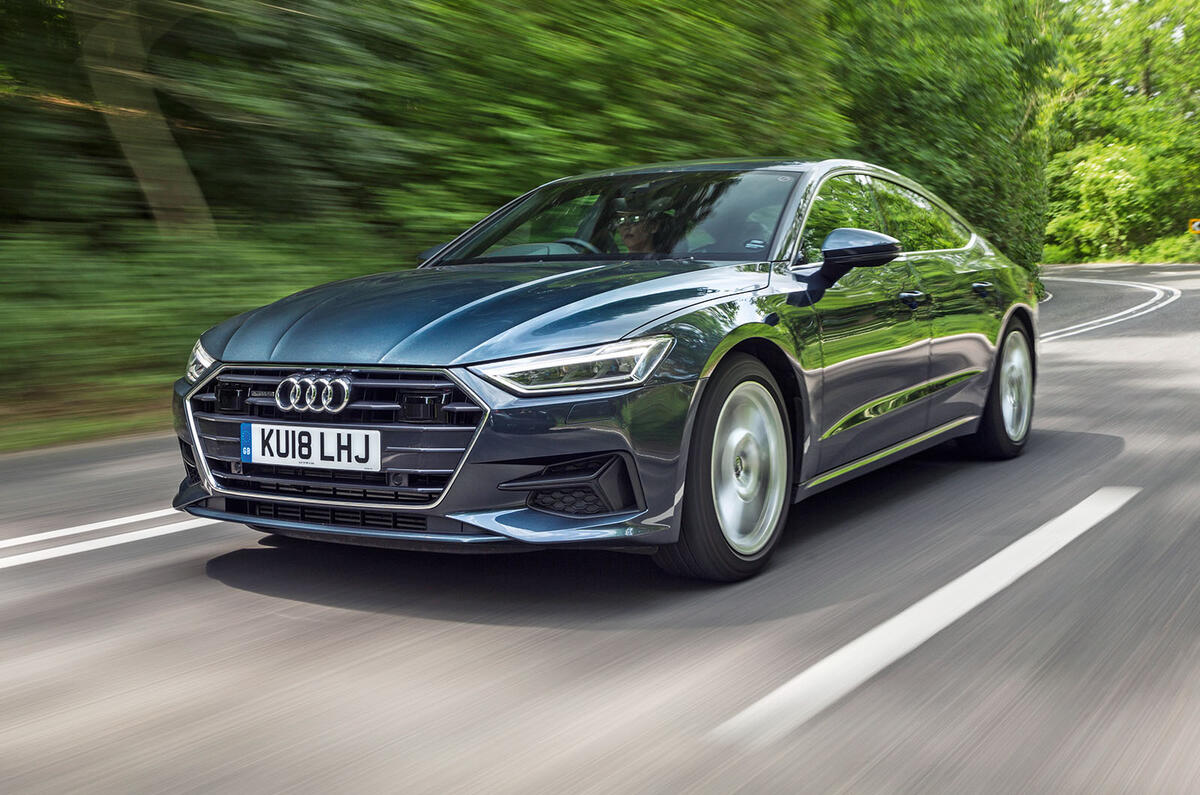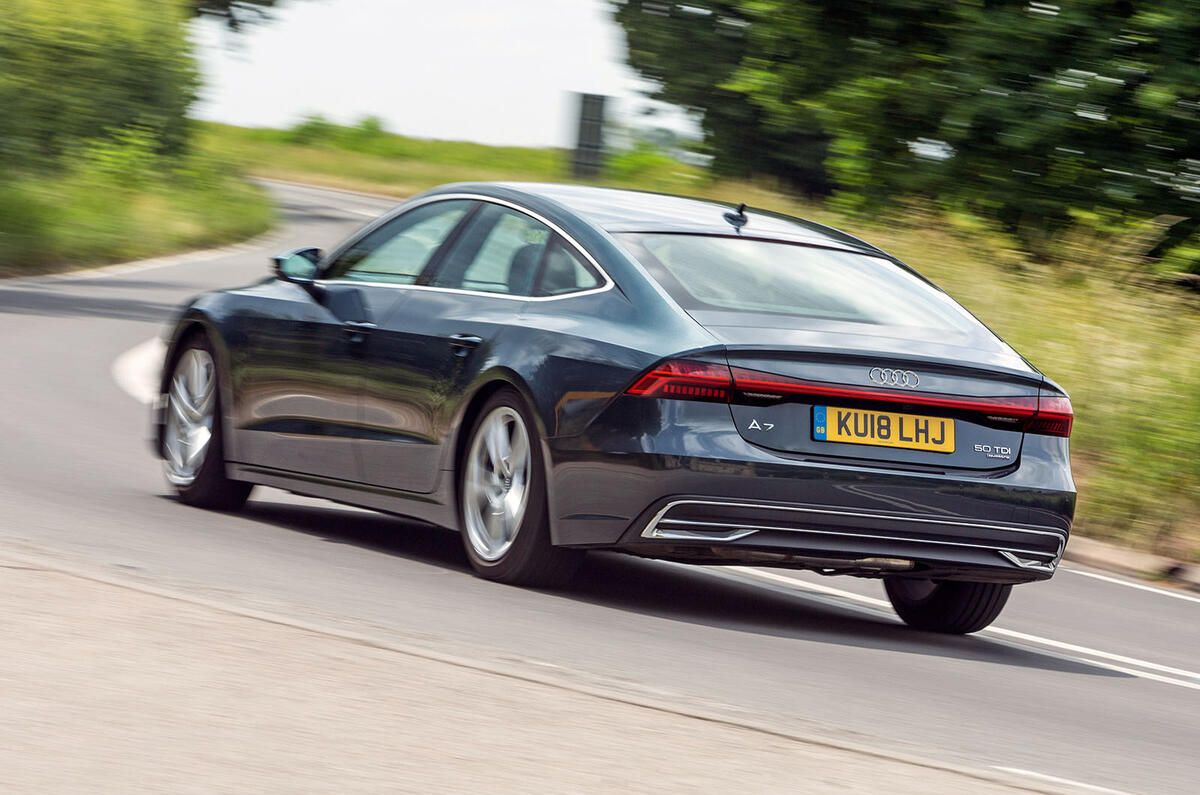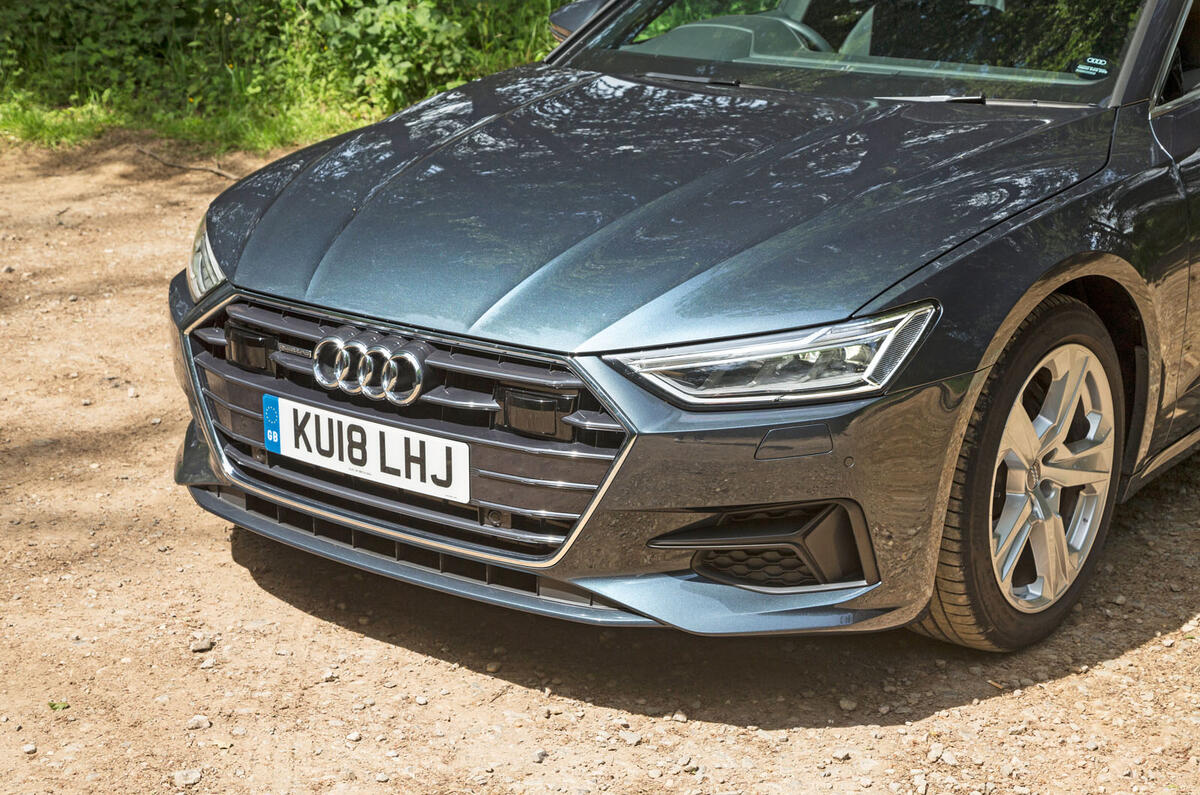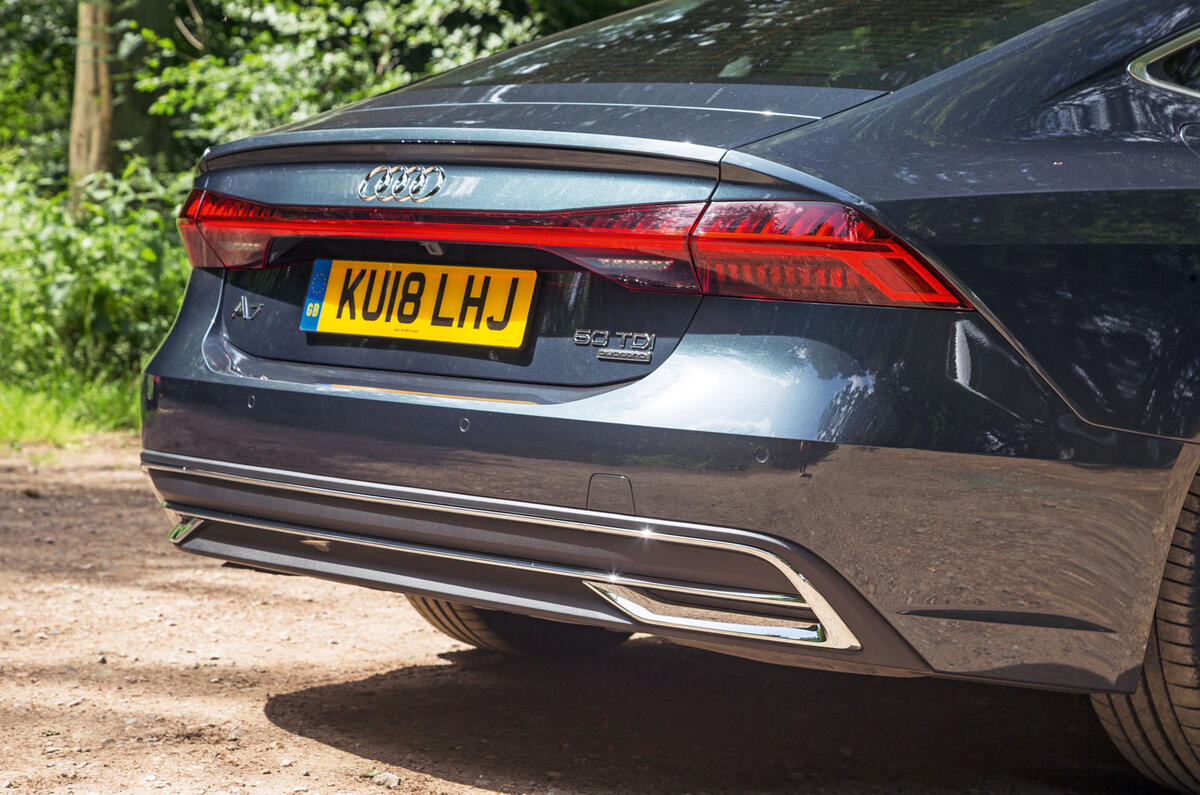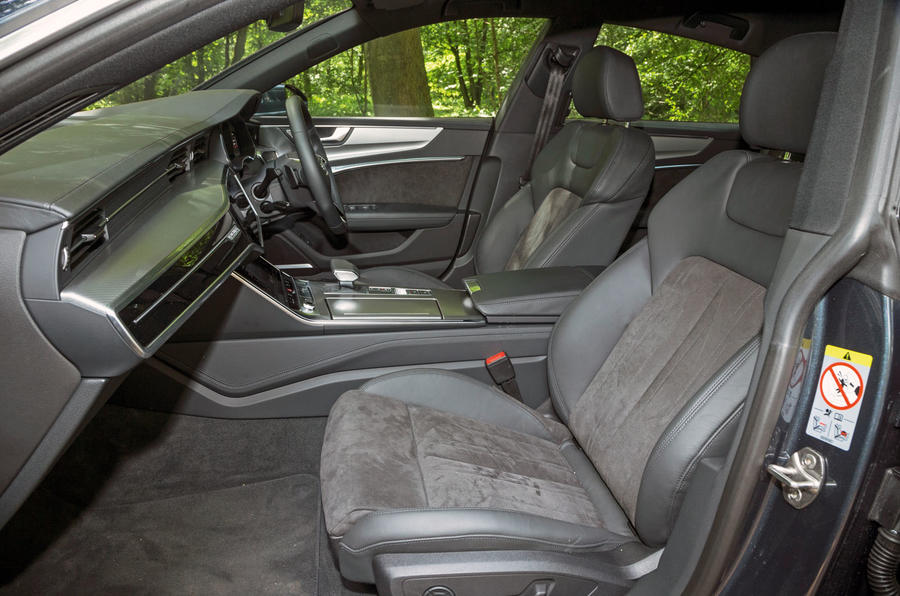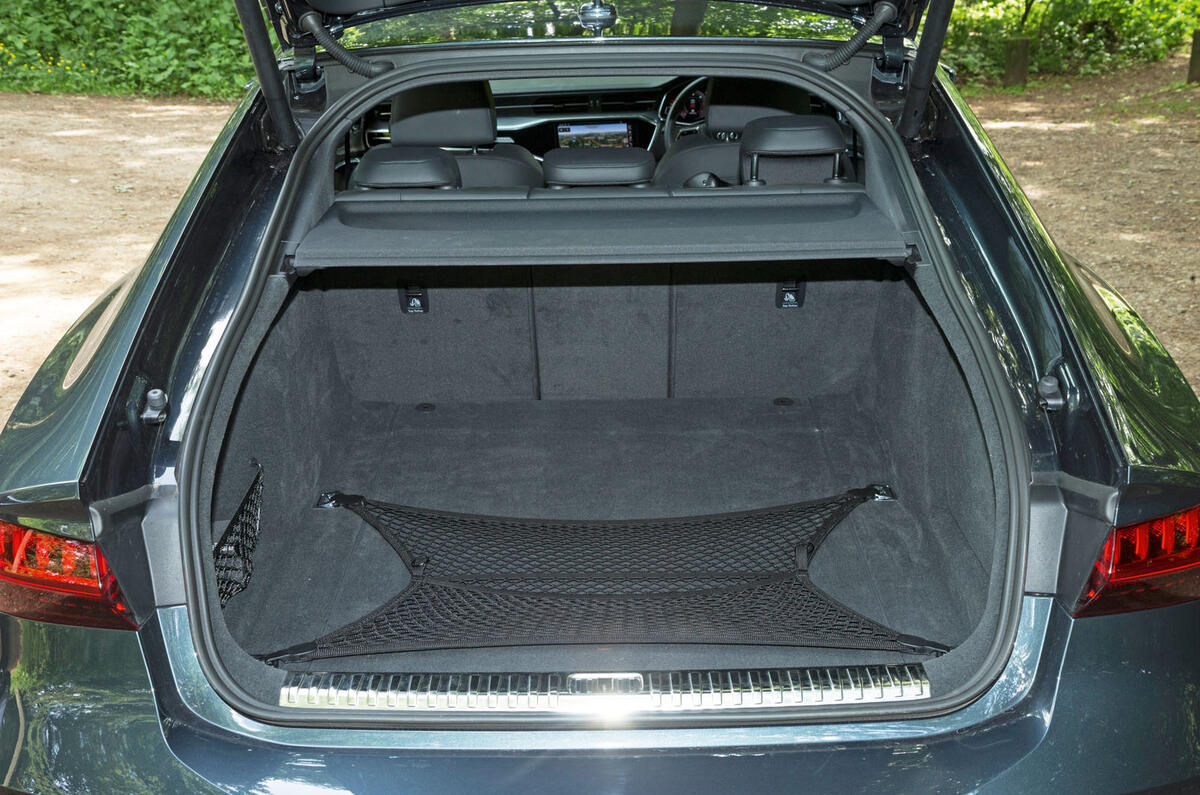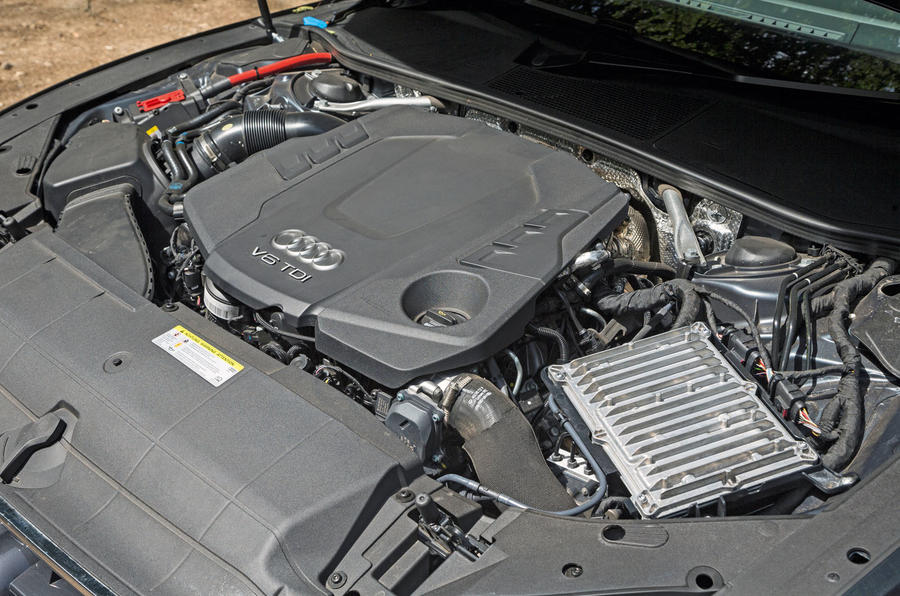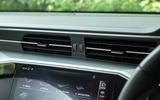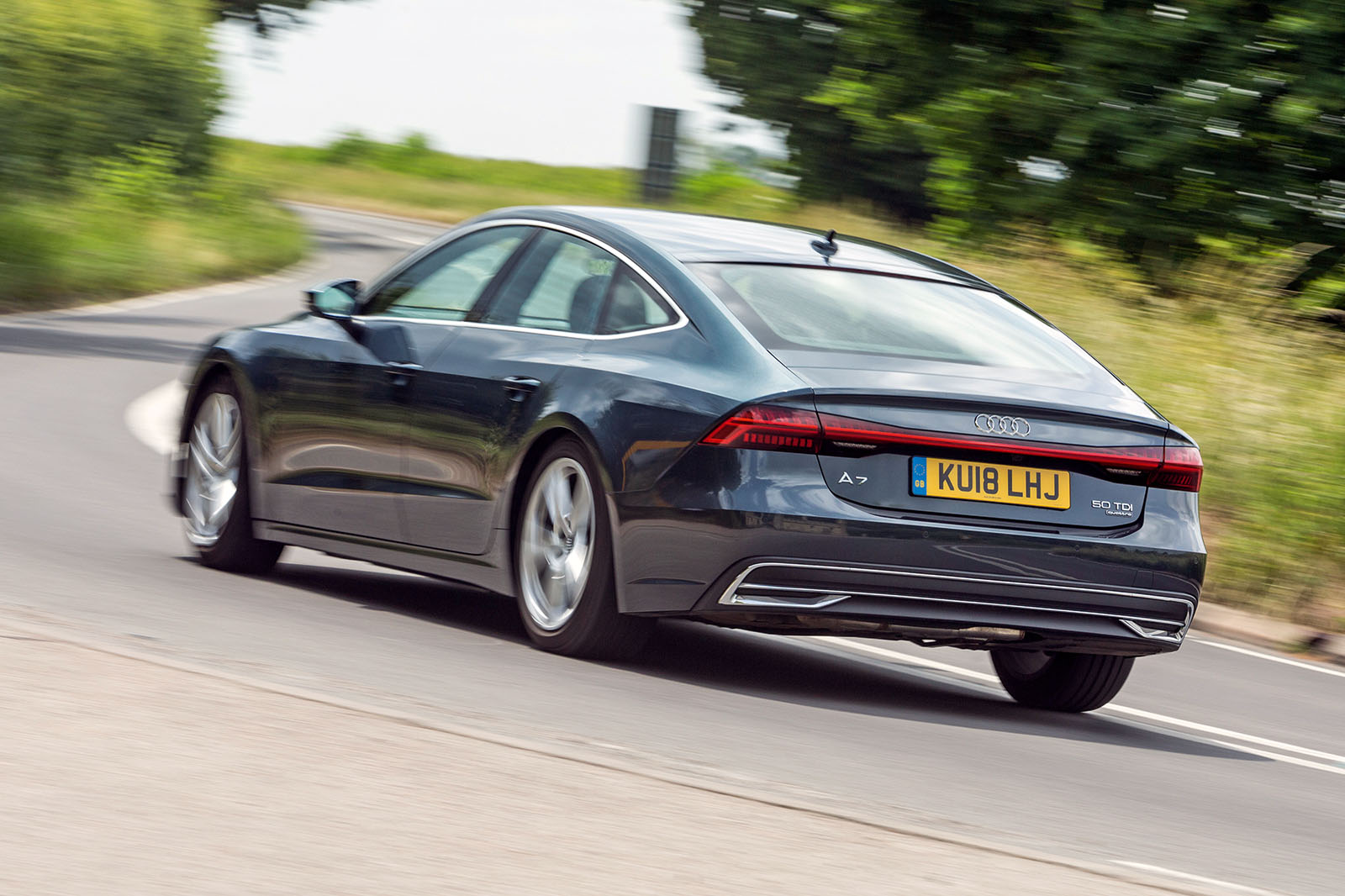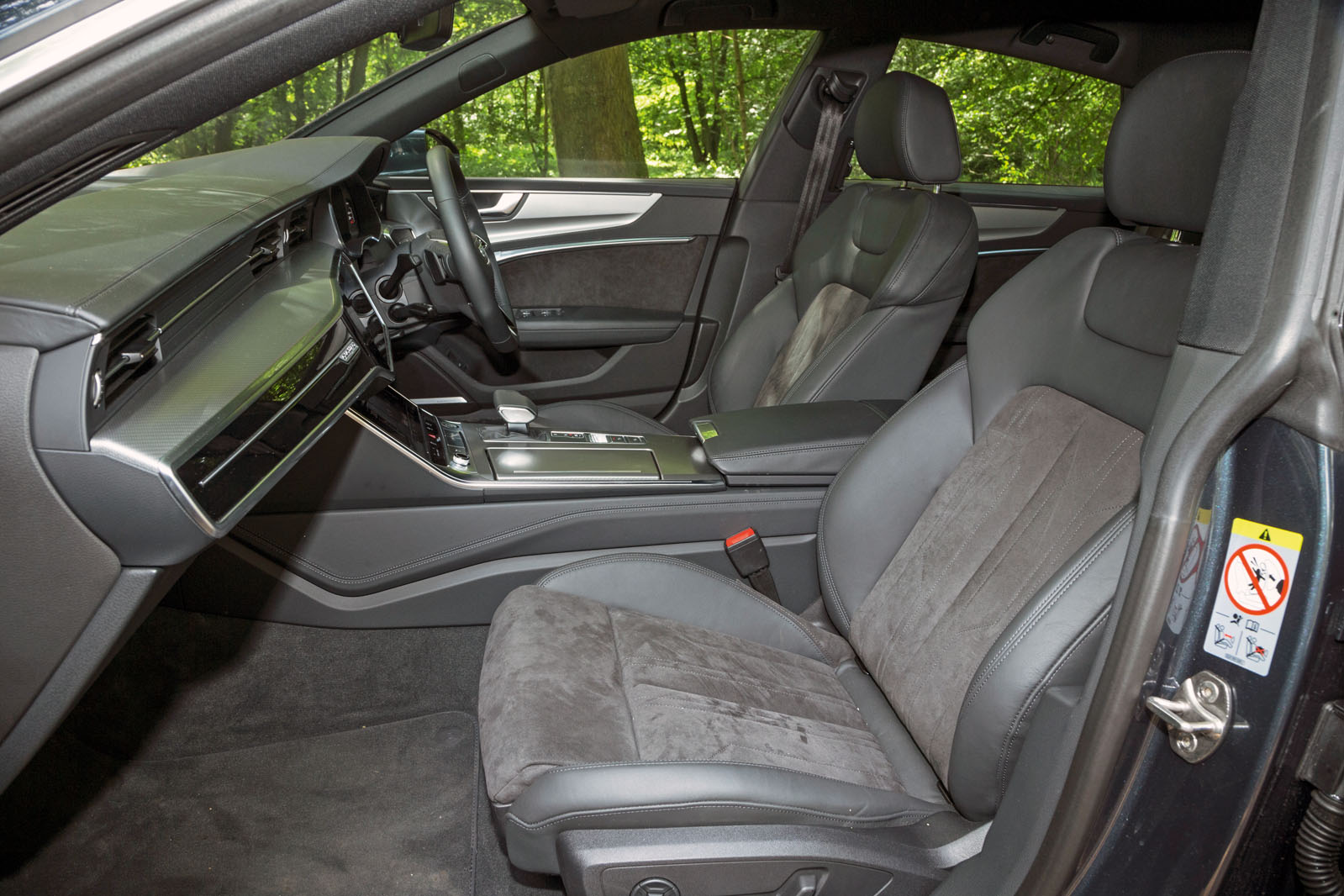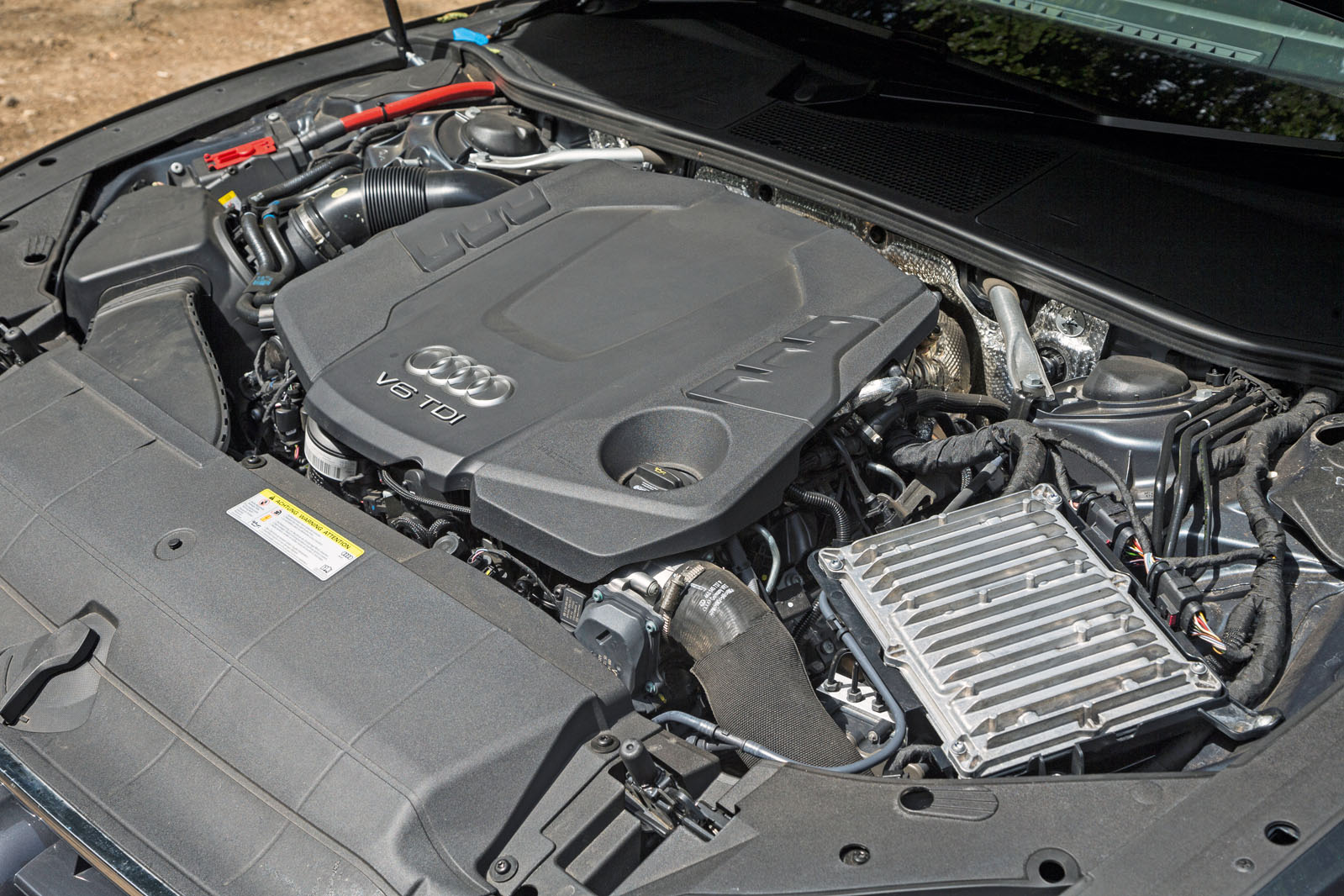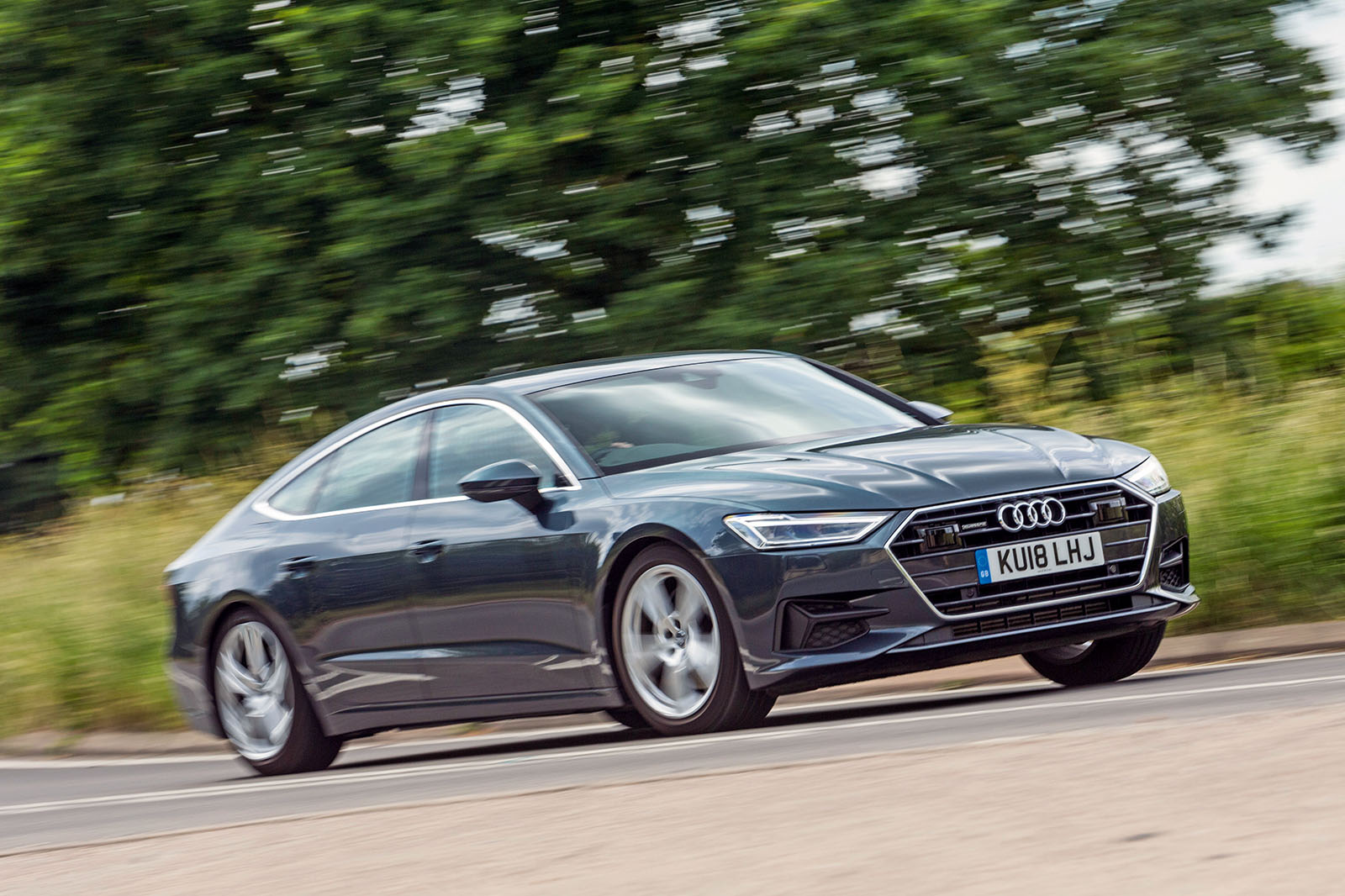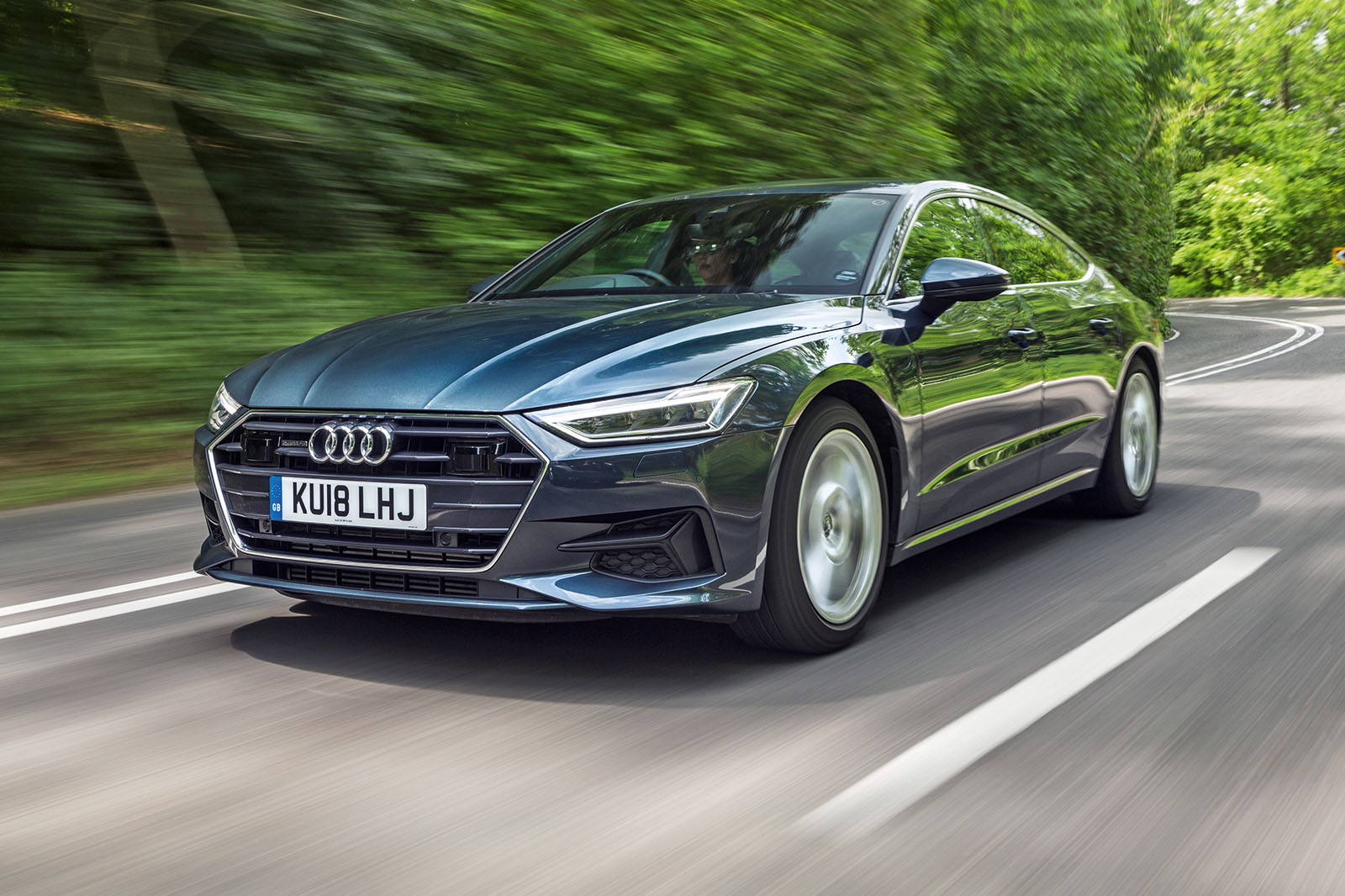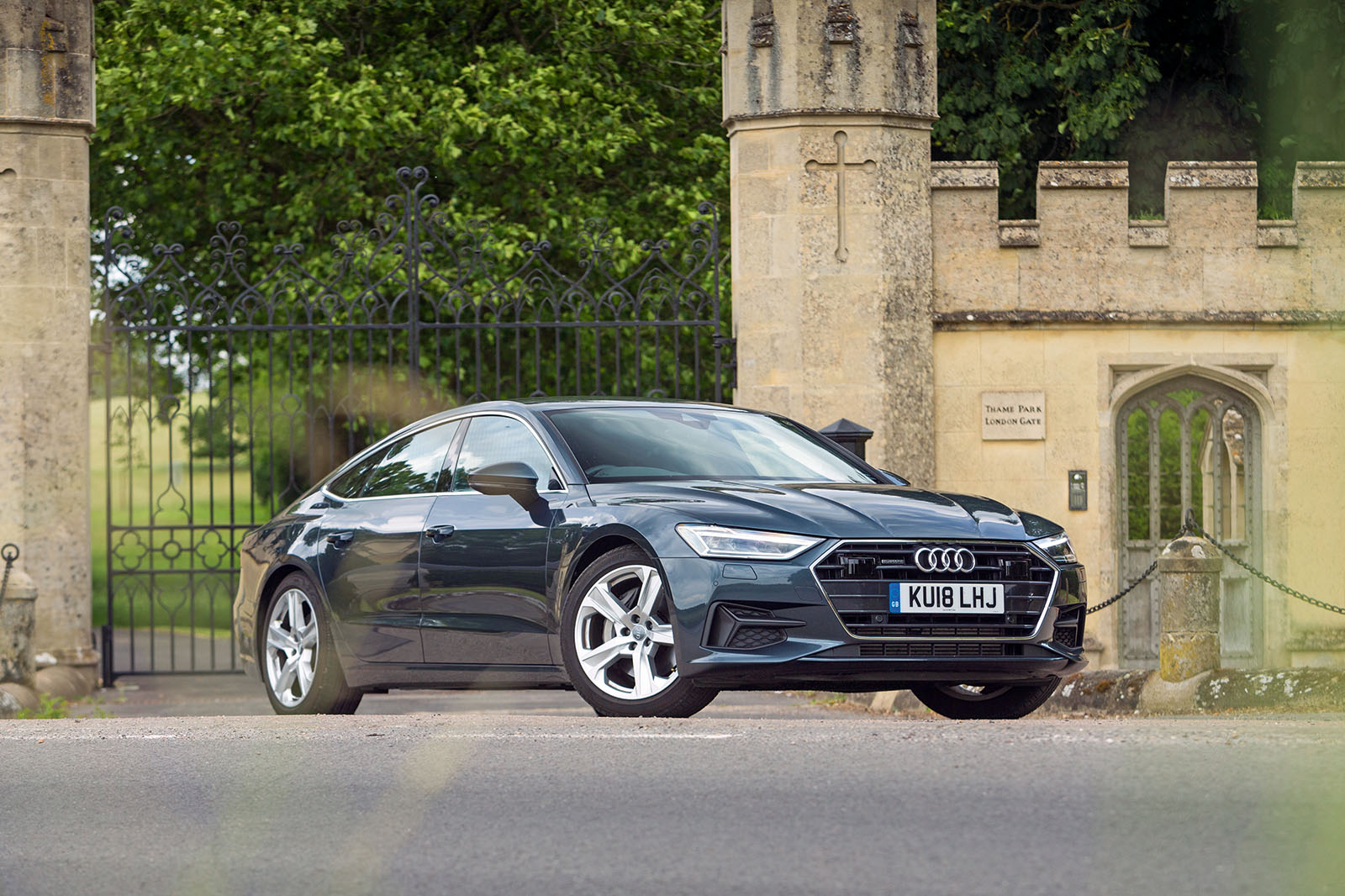Within the confines of a boardroom, it must seem a tantalising silver bullet solution.
Take the expansive platform of your existing mid-sized saloon and cloak it in coachwork redolent of a coupé. The creation will be spacious enough for a week’s family holiday but attractive enough to take centre stage in dealerships. In theory, it will also possess tremendous levels of comfort yet also benefit from a low centre of gravity for good handling.
If the notion of a ‘utility’ prestige model seems obvious, the reality of asking a platform developed for limousine duties to perform as a born gran turismo is not so simple.
At least one element of the ride, handling, refinement and design equation has so far prevented the segment’s usual suspects – the Mercedes-Benz CLS, the BMW 6 Series Gran Coupé and Audi’s A7 – from fulfilling their true potential. The Porsche Porsche Panamera is the current front runner but even it comes in for criticism, with a hefty price and a firm ride skewed too far toward the sporting end of the spectrum for many.
With that in mind, this week’s road test subject, the second-generation A7 Sportback, has everything to play for.
It arrives after eight years in which the original Audi A7 (2010-2017) worthily challenged but never managed to conquer the trailblazing CLS; and to not only turn the tables but also arrest a sales slump that has affected models segment-wide of late, Audi has evolved its execution of this car, if not the basic recipe, considerably.


